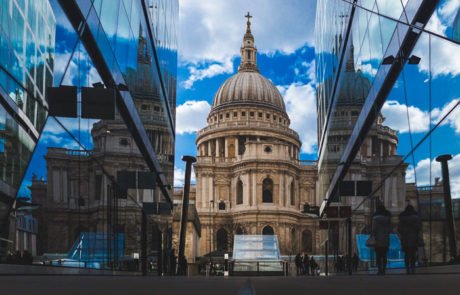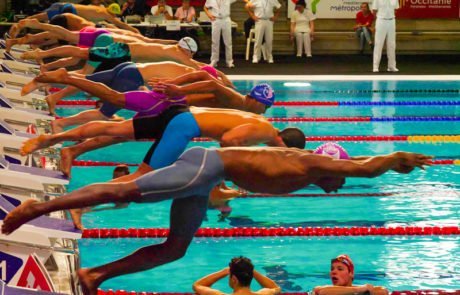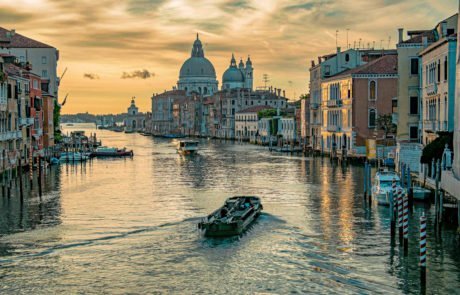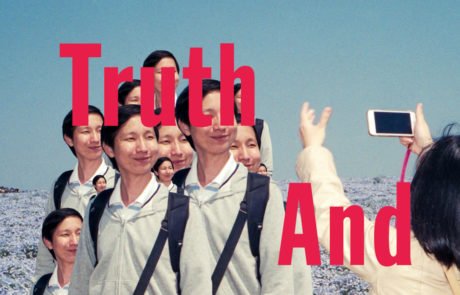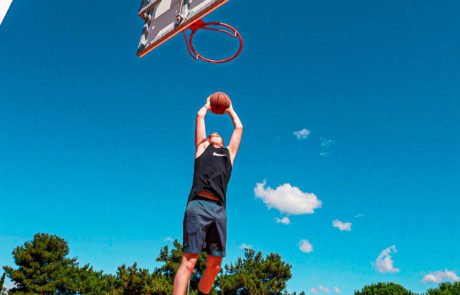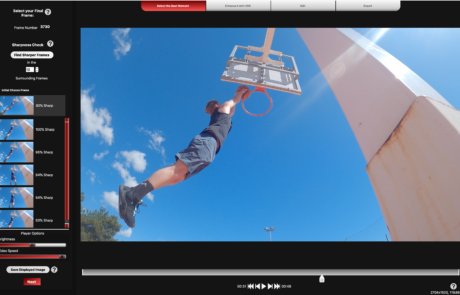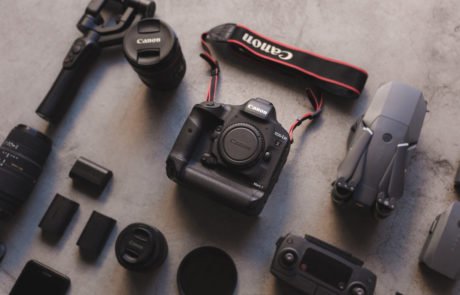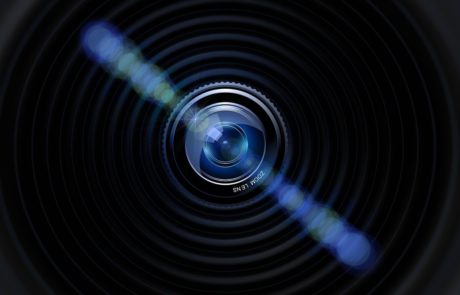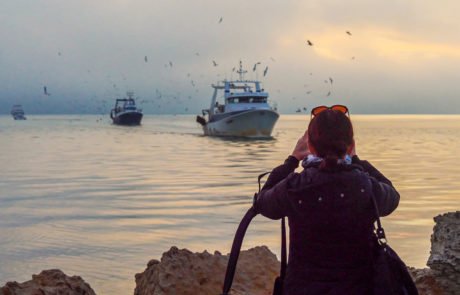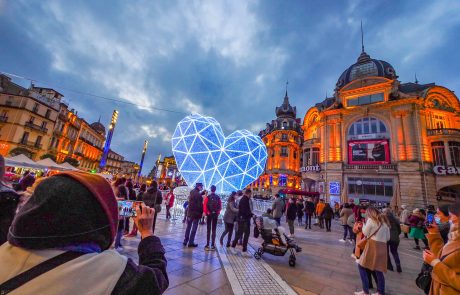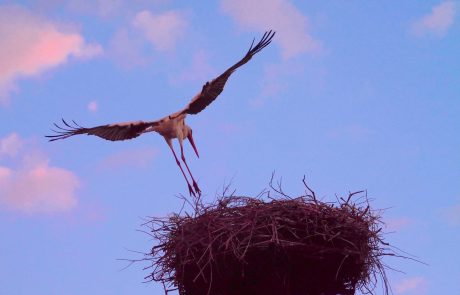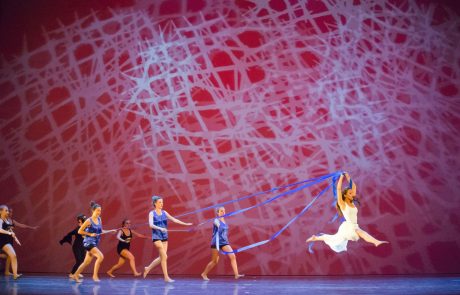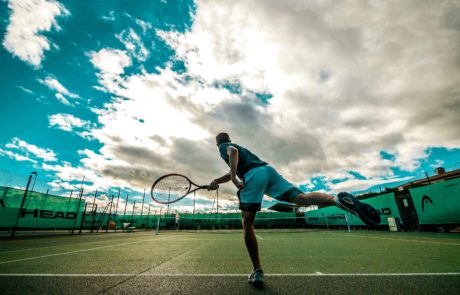Blog post — Tips and Tricks
April 2021
How to photograph birds in flight?
Blog post — Tips and Tricks
April 2021
How to photograph birds in flight?
Birds are fascinating animals to photograph. But capturing a great picture of a flying bird is no easy task. There are various challenges that you’ll need to take on. Try these tips below, they’ll get you started photographing birds in flight!
Birds are fascinating animals to photograph. But capturing a great picture of a flying bird is no easy task. There are various challenges that you’ll need to take on. Try these tips below, they’ll get you started photographing birds in flight!
Choose the right spot and be ready
First, find places where birds fly, preferably in numbers, and try to identify flight paths. It is a great way to practice and maximise your chances of capturing nice photographs. Once you have found your spot, think of putting the wind at your back. Birds fly slower into the wind, thus making it easier for you to track them and keep them in focus. A tripod, or a pan head can be helpful to stabiliser your image. Last but not least, be ready to follow through and focus on keeping your bird in the frame.
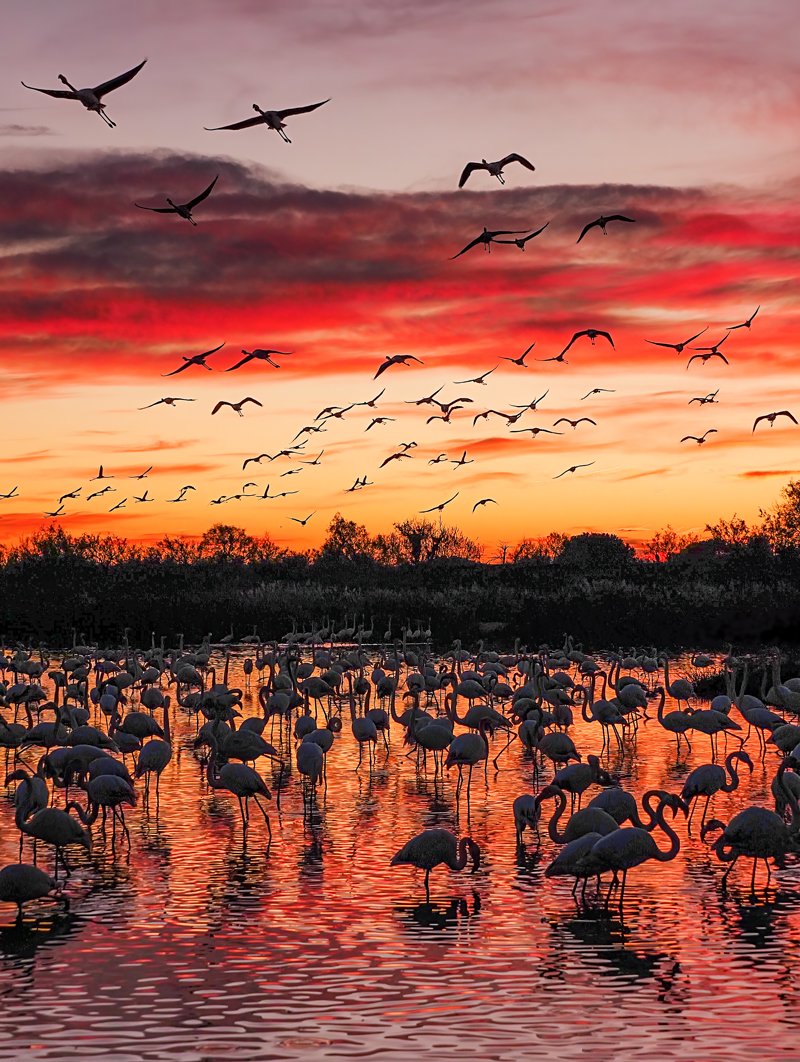
Flamingos in flight, Jacques Joffre
Choose the right spot and be ready
First, find places where birds fly, preferably in numbers, and try to identify flight paths. It is a great way to practice and maximise your chances of capturing nice photographs. Once you have found your spot, think of putting the wind at your back. Birds fly slower into the wind, thus making it easier for you to track them and keep them in focus. A tripod, or a pan head can be helpful to stabiliser your image. Last but not least, be ready to follow through and focus on keeping your bird in the frame.

Flamingos in flight, Jacques Joffre
Adjust your camera settings
When setting up your camera, don’t forget the key triangle: shutter speed, ISO and aperture. You have to find the right balance to obtain a photograph that is both sharp and well exposed.
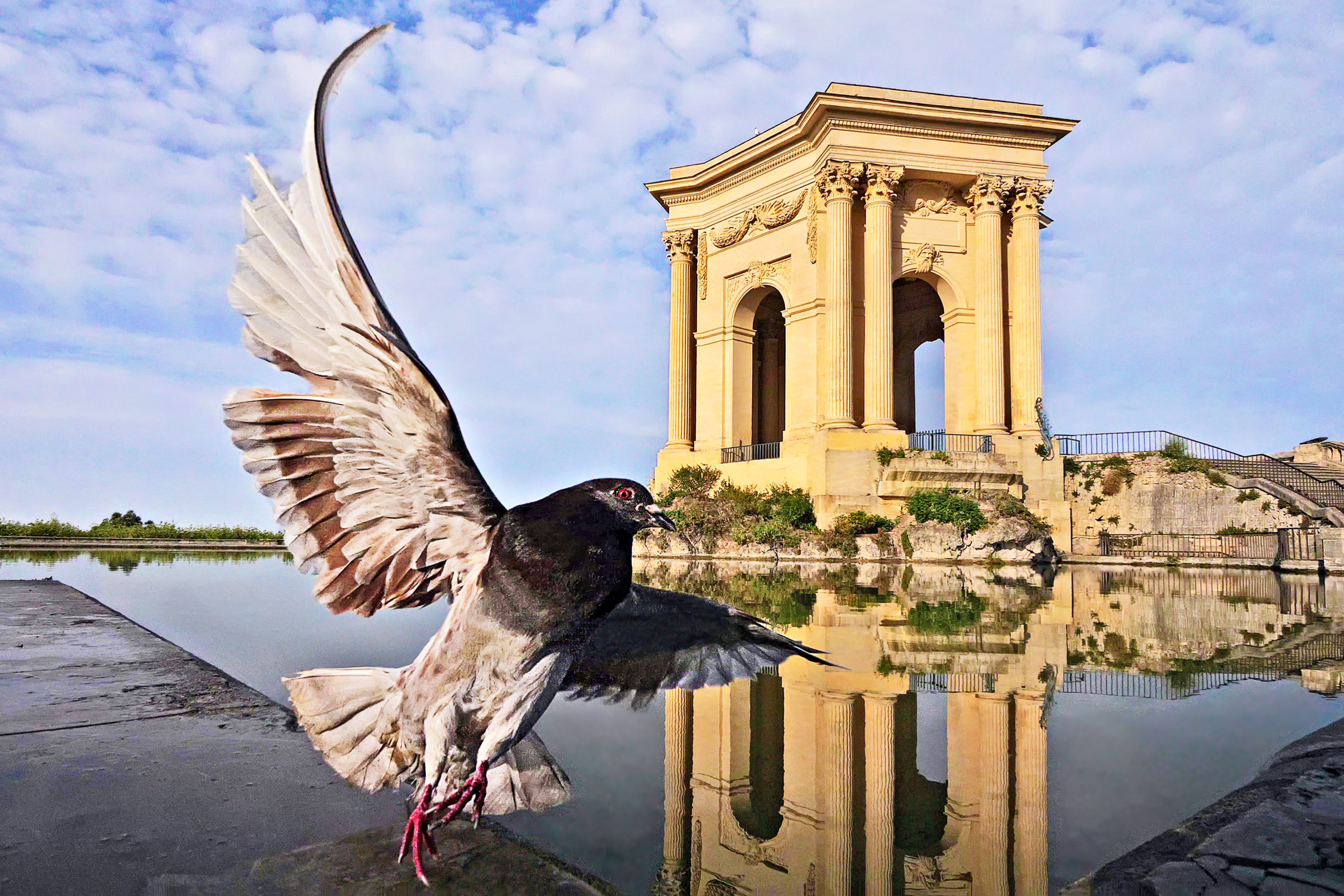
Pigeon taking off, Montpellier, Jacques Joffre
Adjust your camera settings
When setting up your camera, don’t forget the key triangle: shutter speed, ISO and aperture. You have to find the right balance to obtain a photograph that is both sharp and well exposed.

Pigeon taking off, Montpellier, Jacques Joffre
Using a fast shutter speed to freeze the motion
Keep in mind that the faster the speed, the more likely you are to freeze the movement and capture a sharp image. With a shutter speed that is too slow, the movement will be recorded by the camera sensor and you will end up with a blurred bird.
Your shutter speed depends on various criteria, but you should go for at least 1/1000s or even higher, if light allows. To find the right balance, don’t forget to take into account:
- The bird-to-camera distance: The closer the bird is, the faster the shutter speed should be.
- The flight paths: If the bird is moving sideways, go for a high speed than if it moves toward the camera
- The movement’s speed. Clearly, the shutter speed will differ whether you shooting a fast-moving robin or a soaring eagle. As a rule of thumbs, bear in mind that small birds may flap their wings at approximately 40 beats per second, while larger birds at around 2 beats per second.
Using a fast shutter speed to freeze the motion
Keep in mind that the faster the speed, the more likely you are to freeze the movement and capture a sharp image. With a shutter speed that is too slow, the movement will be recorded by the camera sensor and you will end up with a blurred bird.
Your shutter speed depends on various criteria, but you should go for at least 1/1000s or even higher, if light allows. To find the right balance, don’t forget to take into account:
- The bird-to-camera distance: The closer the bird is, the faster the shutter speed should be.
- The flight paths: If the bird is moving sideways, go for a high speed than if it moves toward the camera
- The movement’s speed. Clearly, the shutter speed will differ whether you shooting a fast-moving robin or a soaring eagle. As a rule of thumbs, bear in mind that small birds may flap their wings at approximately 40 beats per second, while larger birds at around 2 beats per second.
Setting a mid-range ISO to minimise the noise
Don’t forget that setting a fast shutter speed also means that you have to manage the ISO. Remember, as seen in this previous article, the higher your ISO is, the more likely will your image render noisy. And the more noise there is in an image, the less sharp it looks. In order to minimise the amount of noise while photographing birds in flights, it is advised to set your ISO in the mid-range, around 600-800. If you shoot fast birds and need an even faster shutter speed, you can increase the ISO even higher. But again, bear in mind that it might lead to digital noise.
Setting a mid-range ISO to minimise the noise
Don’t forget that setting a fast shutter speed also means that you have to manage the ISO. Remember, as seen in this previous article, the higher your ISO is, the more likely will your image render noisy. And the more noise there is in an image, the less sharp it looks. In order to minimise the amount of noise while photographing birds in flights, it is advised to set your ISO in the mid-range, around 600-800. If you shoot fast birds and need an even faster shutter speed, you can increase the ISO even higher. But again, bear in mind that it might lead to digital noise.
Using the smallest aperture you can afford
As mentioned, it is essential to have a fast shutter speed in order to freeze the bird’s movement. However, a fast shutter speed means a short exposure time, which requires a large amount of light for the exposure to be good enough. A solution could be to use a larger aperture, but that would reduce the depth of field, making it difficult to master with a moving bird. It is therefore recommended to use a small aperture, around f/6. There should also be enough light in your scene so that you would not have to use a too high ISO sensitivity.
Using the smallest aperture you can afford
As mentioned, it is essential to have a fast shutter speed in order to freeze the bird’s movement. However, a fast shutter speed means a short exposure time, which requires a large amount of light for the exposure to be good enough. A solution could be to use a larger aperture, but that would reduce the depth of field, making it difficult to master with a moving bird. It is therefore recommended to use a small aperture, around f/6. There should also be enough light in your scene so that you would not have to use a too high ISO sensitivity.
Photographing birds in flight is no easy task. Birds are unpredictable and they move fast. Capturing a great picture or a very bad one, is often a matter of milliseconds and depends on various criteria. Moreover, it is not easy to find the right balance between your shutter speed, ISO sensitivity and aperture, especially in low light situations, such as in the middle of a forest, at dawn or in the early hours of the night.
HDRinstant overcomes the constraints of photographing subjects on the move and gives you the opportunity of capturing the best moment of a bird flight.

Egret en Camargue, Jacques Joffre
Photographing birds in flight is no easy task. Birds are unpredictable and they move fast. Capturing a great picture or a very bad one, is often a matter of milliseconds and depends on various criteria. Moreover, it is not easy to find the right balance between your shutter speed, ISO sensitivity and aperture, especially in low light situations, such as in the middle of a forest, at dawn or in the early hours of the night.
HDRinstant overcomes the constraints of photographing subjects on the move and gives you the opportunity of capturing the best moment of a bird flight.

Egret en Camargue, Jacques Joffre
HDRinstant: photographing birds in flight made easy
HDRinstant lets you overcome traditional constraints of photographing birds.
You don’t have to worry about capturing the best moment, freezing the movement and having the right light exposure. HDRinstant does it for you!
You film your scene, select the best moment of your video and HDRinstant does its magic.
Using the neighbouring frames of the one you initially selected, the HDRinstant technology will fine-tune the details of your image and enhance it to render a beautiful photograph. Now all you have to do is find some birds to photograph!
You want to give HDRinstant a try? Test drive our free trial for free!
HDRinstant: photographing birds in flight made easy
HDRinstant lets you overcome traditional constraints of photographing birds.
You don’t have to worry about capturing the best moment, freezing the movement and having the right light exposure. HDRinstant does it for you!
You film your scene, select the best moment of your video and HDRinstant does its magic.
Using the neighbouring frames of the one you initially selected, the HDRinstant technology will fine-tune the details of your image and enhance it to render a beautiful photograph. Now all you have to do is find some birds to photograph!
You want to give HDRinstant a try? Test drive our free trial for free!
Browse our Blog

